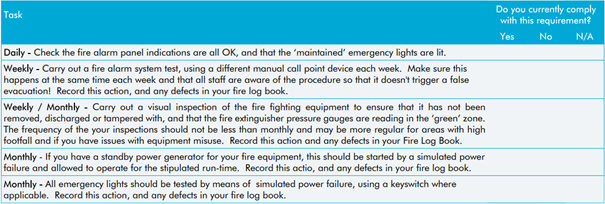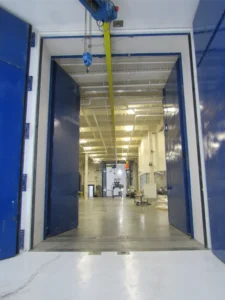
Carbon Monoxide in Industrial Workplaces: A Silent Threat That Demands Action
In industrial environments, safety is more than a priority—it’s a responsibility. Yet, one of the most dangerous threats to worker health is often invisible, odorless, and too often overlooked: carbon



